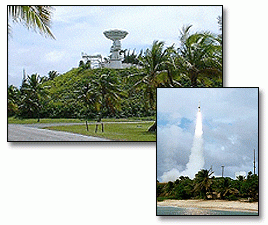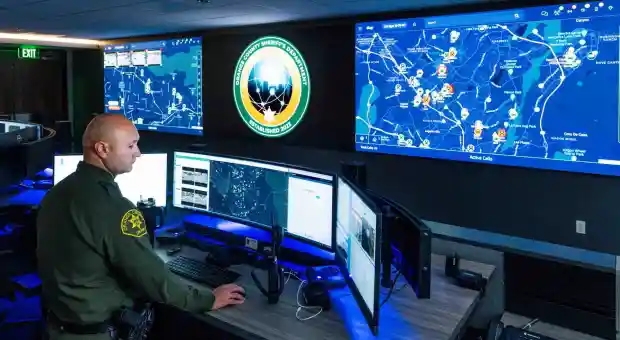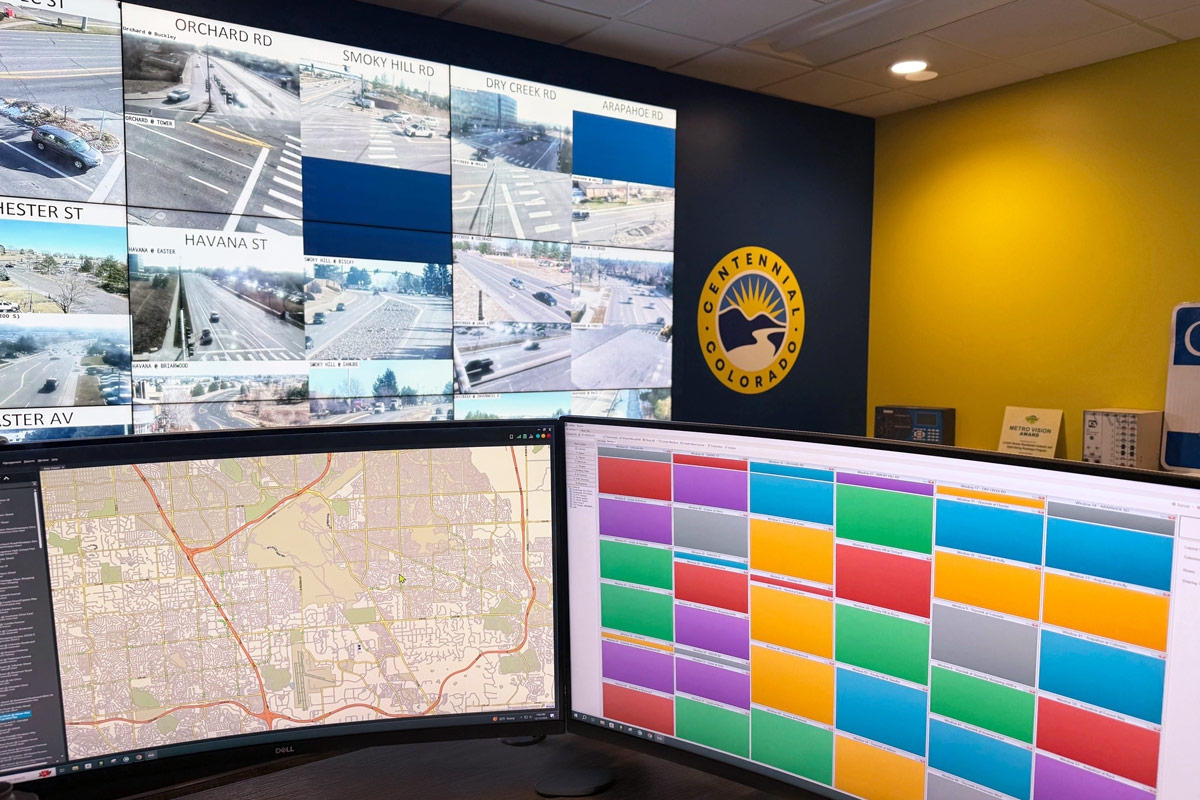U.S. Missile Testing Control Center Deploys Advanced Multi Image Display Technology
The Kwajalein Missile Range (KMR), located on a tiny island in an atoll in the Marshall Islands 2500 miles West South West of Hawaii, is part of the U.S. Army Space and Strategic Defense Command. KMR is the only treaty-approved launch site from which the United States can test and provides a major role in research and development for America's defense and space programs. The KMR mission is to provide multi-level strategic and ballistic missile defense system testing and to conduct space operations including space object identification, space surveillance, and new foreign space launch tracking in support of the U.S. Strategic Command and NASA.
Recently, the Kawajalein Missile Range embarked upon a four-year modernization program that entailed equipping the facility's Operations Control Center (OCC) with leading edge real time display technology. KMR enlisted the services of Matrix Audio Visual, an audio-video and computer systems design/integration firm based in Burbank, California.
According to Hovik Mirzakhanian, President of Matrix Audio Visual Designs, "KMR is a virtual "catcher's mitt" for a whole spectrum of missile systems. Its sensors track ICBMs fired from Vandenberg, medium-range missiles fired 2,400 miles away at Hawaii's Barking Sands Missile Range, and theater missiles fired 700 miles away on Wake Island. KMR radars provide continuous first orbital revolution coverage of most Chinese, Russian, Japanese, French Guinea, Indian, and other Asian continent launches within one hour after launch."
"KMR has the most sophisticated radar and optical sensors in the world. This project was critical to maintain the success of missile test missions and Space Surveillance Network and Space Object identification operations. Range operators wanted the ability to display data that appeared on seven computer screens onto two plasma panels in the facility's Operations Control Center (OCC). Additionally, range operators wanted to display redundant information onto a single plasma display in quad, four image mode in an adjoining conference room. We needed to present a correlated view to operators of KMR's highly sophisticated radars, optical sensors, telemetry stations and other instrumentation on these individual screens."
"After extensive technology review, we selected RGB Spectrum's QuadView® real-time multi-image display processors. The QuadView was the ideal solution for this project. It delivers the best-in-class feature set with support for the broadest range of computer and video signals, true real-time display, superior-quality image scaling, and versatile image manipulation capability."The KMR command and control center provides consolidated operational and sensor control for all KMR sensors. Instrumentation throughout the atoll collects metric, signature, and science data to track multiple targets, perform intercept trajectory reconstruction, characterize missile re-entry systems, support intercept missions, and monitor data from instrumented targets. The sensor information, radar, and instrumentation data are fed and processed by Sun and VAX workstations. The OCC is equipped with three QuadView display processors.
Each QuadView receives inputs from up to four workstations at 1280 by 1024 pixel resolution. The processors consolidate these high resolution computer sources and output them in a correlated quad window mode to two 50-inch Pioneer plasma displays in the OCC and one identical plasma display in the adjoining conference room. The computer-generated content includes tracking radar, optical and telemetry sensors, range timing data, meteorology information, flight and ground safety logistics.
Operators use a simple touch screen controller to select and route workstation sources to any of the QuadView display windows, as well as reposition and resize each window independently. Windows can viewed side-by-side, overlapped, and full screen. Operators are also able to zoom and pan within each window to monitor information of particular interest. The Matrix Audio Visual designed system, allow test personnel and command-level observers to view the screens from a further distance without interfering with operators in the control center.
For more information on the Kwajalein Missile Range, visit http://www.smdc.army.mil/RTS.html Defense Command Public Affairs Office at 256-955-3887, fax 256-955-1214, or email atwebmaster@smdc.army.mil.
Matrix Audio Visual Designs Inc., based in Burbank, California, is an audio, video, lighting, and computer systems design/integration firm. Matrix Audio Visual Designs provides system integration of the latest audio visual technology for commercial and residential markets. For more information, call 888-883-4VDO, 818-841-4700, or visit www.matrixav.com.
RGB Spectrum is a leading designer and manufacturer of mission-critical, real-time audio-visual solutions for a civilian, government, and military client base. The company offers integrated hardware, software, and control systems to satisfy the most demanding requirements. Since 1987, RGB Spectrum has been dedicated to helping its customers achieve Better Decisions. Faster.™


